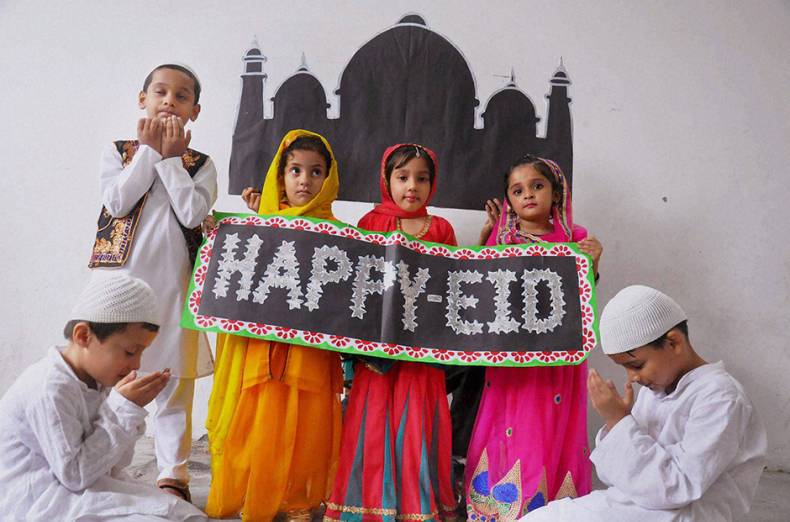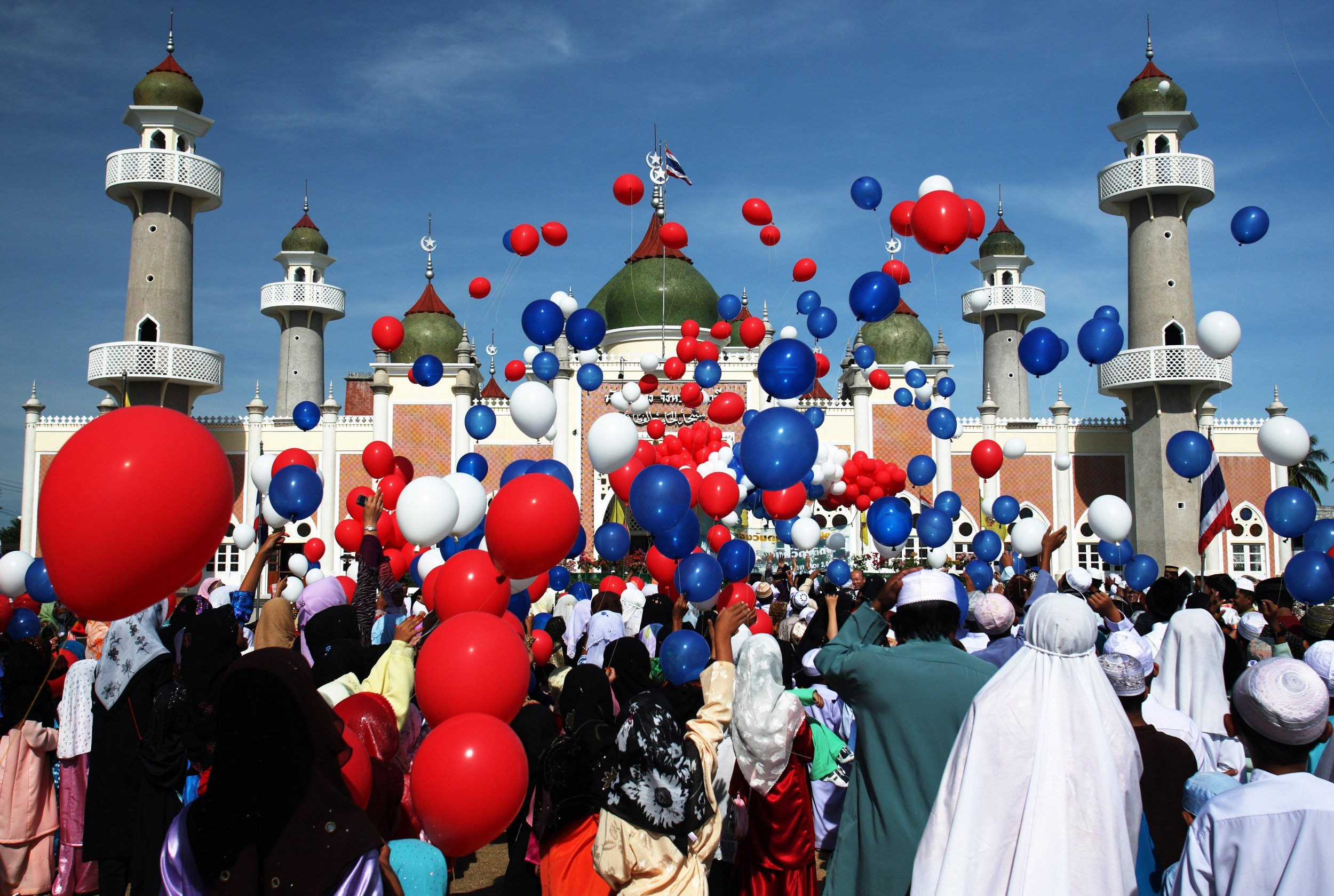Eid al-Fitr is an important religious holiday celebrated by Muslims worldwide. Also known as the “Festival of Breaking the Fast,” Eid al-Fitr marks the end of the holy month of Ramadan. This festival is a time for Muslims to celebrate their achievements during fasting and to express gratitude to Allah for his blessings.
During Ramadan, Muslims abstain from eating, drinking, and engaging in sexual activity from dawn until sunset. They also strive to perform good deeds and engage in charitable activities. Eid al-Fitr is a time to celebrate the end of this fasting period and thank Allah for his mercy and blessings.
The celebration of Eid al-Fitr is an opportunity for Muslims to come together as a community, share meals and gifts, and spread love and joy. In this article, we will explore the customs and traditions associated with Eid al-Fitr and the festivities involved.
Customs and Traditions of Eid al-Fitr
Eid al-Fitr is a time for Muslims to celebrate their faith and express gratitude to Allah. The customs and traditions of Eid al-Fitr vary across different countries and cultures, but they all share a common theme of joy, generosity, and thanksgiving. Here are some of the customs and traditions observed during Eid al-Fitr:
Greetings
One of the first customs of Eid al-Fitr is exchanging greetings with family and friends. The most common greeting is “Eid Mubarak messages,” which means “Blessed Eid.” Muslims also exchange hugs and gifts as a sign of love and affection.
Prayer
The morning of Eid al-Fitr begins with a special prayer known as Salat al-Eid. This prayer is usually performed in congregation, one of the most important prayers of the year for Muslims. The prayer is followed by a sermon reminding Muslims of the importance of gratitude, charity, and compassion.
Charity
Charity is an essential aspect of Eid al-Fitr. Muslims are encouraged to give Zakat al-Fitr, a charity given to the poor and needy, before the Eid prayer. This donation is usually in the form of food, ensuring everyone can enjoy Eid al-Fitr’s festivities.
Feast
Eid al-Fitr is also a time for feasting and indulging in delicious food. Muslims prepare traditional dishes and sweets like biryani, kebabs, and baklava. They also share meals with family, friends, and neighbors, spreading joy and happiness.
New Clothes
Wearing new clothes on Eid al-Fitr is a common tradition among Muslims. It symbolizes a new beginning and a fresh start. Many Muslims decorate their homes and streets with lights and ornaments, creating a festive atmosphere.
read more about: What to Do After Ramadan
Festivities of Eid al-Fitr

Eid al-Fitr is a time of grand celebration and joy for Muslims. The festivities involve various activities and events that bring together families and communities. Here are some of the festivals of Eid al-Fitr:
Family gatherings
Eid al-Fitr is an occasion for families to come together and spend quality time. Many Muslims travel to their hometowns or villages to celebrate Eid al-Fitr with their extended families. Family gatherings involve exchanging gifts, sharing meals, and enjoying each other’s company.
Community events
Community events are also a big part of Eid al-Fitr celebrations. Many mosques organize events such as charity drives, food fairs, and cultural programs. These events allow Muslims to come together as a community and celebrate the joyous occasion of Eid al-Fitr.
Fireworks
Fireworks are a common feature of Eid al-Fitr celebrations, especially in Pakistan, Indonesia, and Malaysia. Muslims light fireworks to mark Ramadan’s end and express their joy and happiness.
Shopping
Many Muslims shop for new clothes, shoes, and accessories for Eid al-Fitr. Shopping malls and markets are often crowded with people looking for the perfect outfit for the occasion. Shopping is also a way for Muslims to express their gratitude to Allah for his blessings and celebrate Ramadan’s end, the last ten days of ramadan
FAQs about Eid al-Fitr
Here are some frequently asked questions about Eid al-Fitr:
When is Eid al-Fitr celebrated?
Eid al-Fitr is celebrated on the first day of Shawwal, the tenth month of the Islamic calendar.
How long does Eid al-Fitr last?
Eid al-Fitr lasts three days in most countries but can be longer in some places.
What is the significance of Eid al-Fitr?
Eid al-Fitr is significant because it marks the end of the month-long period of fasting and spiritual reflection during Ramadan. It is a time to express gratitude to Allah for his blessings and to celebrate the past month's achievements.
What are some common foods eaten during Eid al-Fitr?
Some common foods eaten during Eid al-Fitr include biryani, kebabs, samosas, and sweet dishes like baklava and gulab jamun.
How do Muslims celebrate Eid al-Fitr?
Muslims celebrate Eid al-Fitr by exchanging greetings with family and friends, attending prayer services, giving charity to the poor and needy, feasting delicious food, and participating in community events.
Conclusion
Eid al-Fitr is a time of joy, gratitude, and celebration for Muslims worldwide. It is a time to express gratitude to Allah for his blessings and to celebrate the past month’s achievements. The customs and traditions of Eid al-Fitr vary across different countries and cultures, but they all share a common theme of generosity, love, and joy. We hope this article has helped you understand the significance of Eid al-Fitr and the festivities involved. Eid Mubarak to all our Muslim readers!

